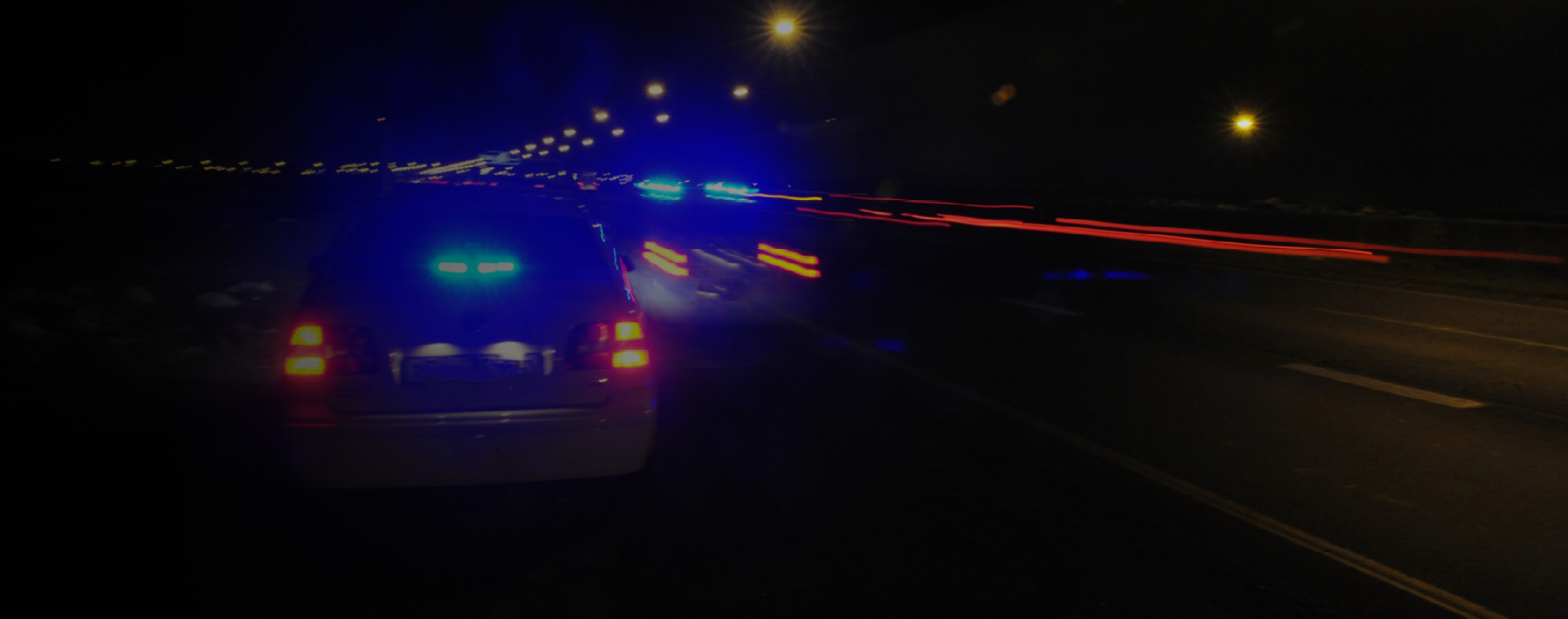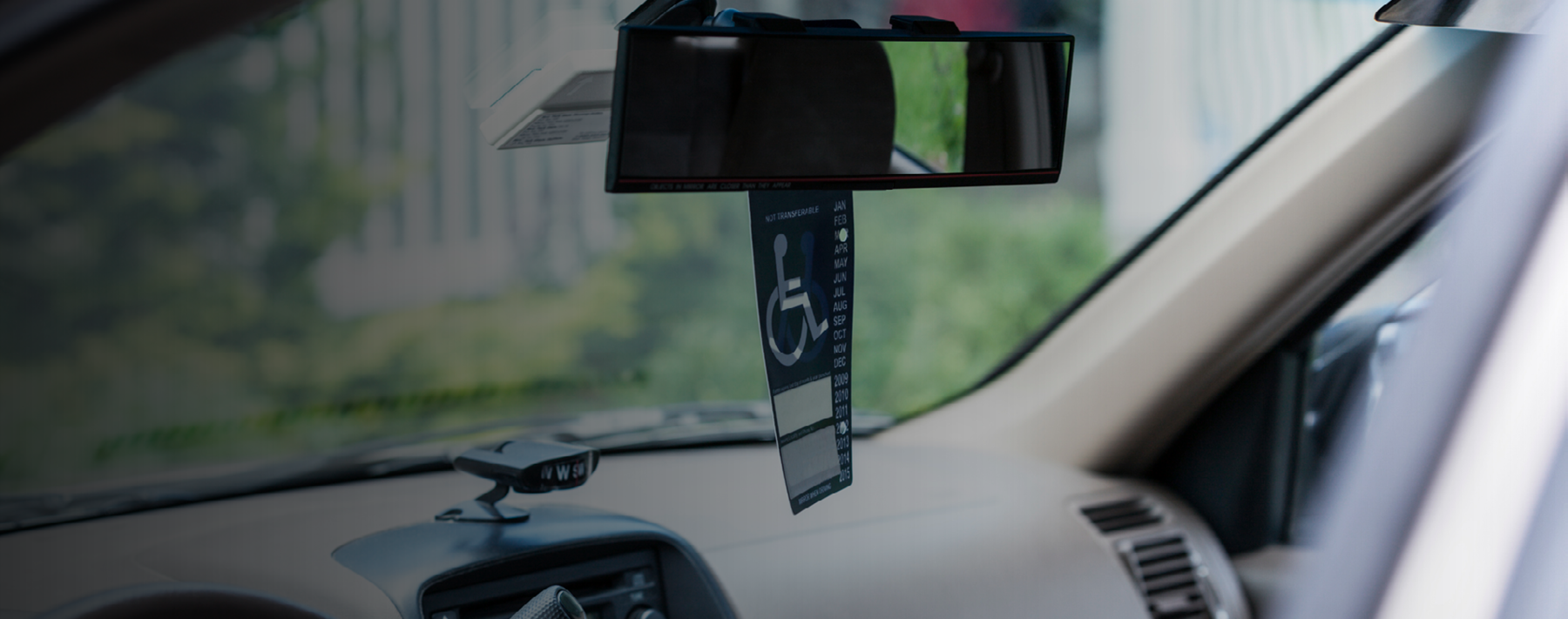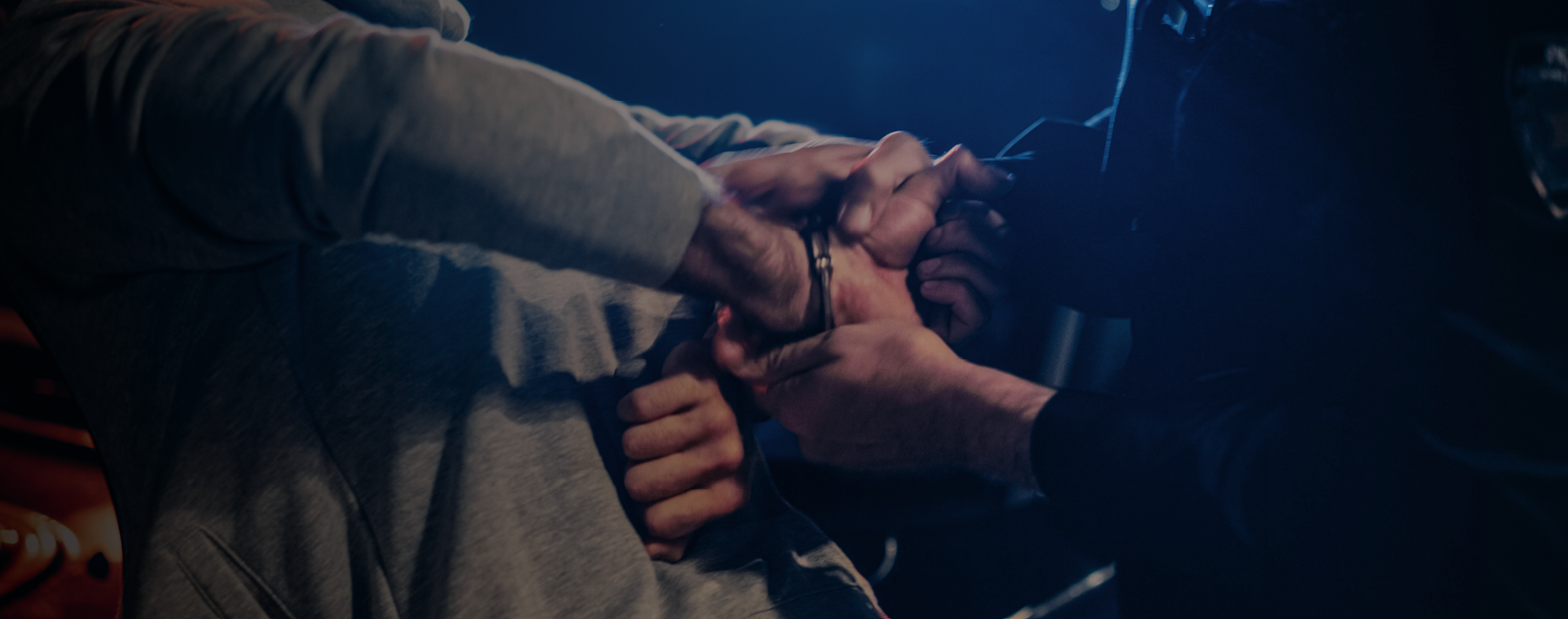Gordon Graham here again! In my last article, we wrapped up a long-running series on the 10 Families of Risk. The purpose of the 10 Families is to help you more easily identify and categorize the risks facing your agency and your personnel.
Armed with that knowledge, we are ready to move on to another important part of the discipline I call real risk management: learning from tragedies in other industries.
Those of you who have followed my writings know I was very fortunate to have been graduated from the Institute of Safety and Systems Management at University of Southern California prior to my legal career. You can read about the genesis of the ISSM online, but in a nutshell it was a program designed to prevent tragedies in military operations. During that three-year window I got hooked on the study of tragedy. I studied hundreds of tragedies in various high-risk industries not related to military operations. I was very naive back then; I wondered why we studied tragedies that were clearly not associated with the military.
Chaytor Mason was one of my professors—later a friend and mentor who “adopted” me because I was the non-military student in a military-focused program. In one class we were discussing the crash of a military cargo plane. Professor Mason digressed into a discussion about carnivals and, more specifically, the “carnie show” that was very popular in the 1950s and 1960s, during which a very attractive woman was transformed into a mean, ugly gorilla “right in front of your very eyes.” Attendees of the carnival were prompted by a carnie to come into a tent and watch this transition “for a mere 25 cents.” The show would start with a gorgeous, scantily clad woman (by 1960 standards) in a large cage. The lights would dim and then some very, very bright lights would flash rapidly into the eyes of the viewers (mostly young men). After about one minute, the flashing lights would stop and the viewing luminosity was increased—and “wallah!” The woman in the cage was replaced with some guy dressed in a gorilla outfit who rattled the bars of the cage and scared the heck out of all the young men.
What causes tragedies in military operations and CHP operations can also cause tragedies in hotel operations.
As I sat there some 45 years ago, I wondered where Professor Mason was going with this story. He then told us about how many people who attended this type of carnie show ended up having epileptic seizures during and immediately after the show. He introduced me to a concept known as “stroboscopic epilepsy”—in a nutshell that those who suffer from epilepsy or are prone to epileptic seizures can suffer an attack when exposed to these bright, rapidly flashing lights. He then linked a number of military aviation tragedies to this concept, where bright flashing lights either disoriented a pilot or induced an epileptic attack that was later linked to the crash. The bottom line here is that military aviators can learn from carnival tragedies.
During my tenure at the ISSM, I was an active motorcycle cop with the CHP, and I became aware of a highway in the Central Coast area of California that was nicknamed Blood Alley. This roadway was slightly inland from the west coast and had a number of unexplained head-on crashes and solo-vehicle-ran-off-road crashes that could not be explained by weather condition, intoxication, speed or other known causation factor. It was later discovered by some very smart CalTrans engineer that the crashes were caused by epileptic seizures of drivers who were exposed to the setting sun on the west side of the highway—a setting sun that was broken up by the regularly spaced eucalyptus trees on the west side of the highway that would cause a bright, rapidly flashing light that induced epileptic seizures in some drivers.
There is method to my madness in this writing. The U.S. military could learn from a tragedy in the carnival world, and the CHP could learn from this “carnie tragedy” also. My exposure to the study of hundreds of tragedies in other industries and professions during my tenure at the ISSM allowed me to think differently about tragedies in law enforcement operations. I was exposed to tragedies in other industries involving fatigue, distractions, hubris, complacency and risk homeostasis—and I was able to link those tragedies to events in public safety. I started to realize how studying tragedies—not just in similarly situated organizations but in other high-risk occupations—could be of value to people in public safety.
You can learn so much by learning from tragedies in other professions that may help you prevent tragedies in your agency operations.
Not to bore you, but I tend to digress. During my years as a motor cop in downtown Los Angeles, there was a massive construction project now known as the Westin Bonaventure Hotel. It was built between 1974 and 1976 and when things slowed down after rush-hour traffic on afternoon shift, I would occasionally stop by and chat with the security personnel and look at the build process. Near the end of construction, I was in the lobby area looking at the escalators being installed and I noticed bright, rapidly flashing lights on the escalator railings. When the hotel opened the lights were still flashing—you could see them as you drove by the building—but about six months later the lights were no longer flashing. Of course I had to know why, so one evening I stopped to chat with the security personnel. You will never guess what happened. The lights were causing people to get disoriented and fall on the escalator.
So, what causes tragedies in military operations and CHP operations can also cause tragedies in hotel operations.
Sadly, the ISSM has been shut down, but if it existed I would encourage each of you to get involved in that wonderful program—a program that literally changed my life and contributed greatly to the foundation of my consulting business and ultimately Lexipol. But while you cannot attend the ISSM today, you can learn so much by learning from tragedies in other professions that may help you prevent tragedies in your agency operations. The mere fact that you are still reading this rambling tells me you are looking to improve things, both personally and professionally. In future articles, I will introduce you to tragedies outside public safety that I believe hold important lessons for helping your agency reduce risk and tragedy.
Let me close with this. In the preparation of this article, I went online and played around with “stroboscopic epilepsy.” I discovered that while the carnie show involving the woman morphing into a gorilla is long gone, we now have a contemporary version of this phenomenon involving “EDM” events. Yes, I had to look it up because I am old, but apparently many Electronic Dance Music events involve attendees being exposed to rapidly flashing bright lights—and you will never guess what is happening! Some attendees who are prone to seizures are suffering seizures caused by these flashing lights.
As Paul Harvey used to say, “And now you know the rest of the story.” Thanks for reading this and stay tuned for my next article, where we’ll look at a few maritime tragedies. In the meantime, if you would like to get started reading about some tragedies outside public safety, check out my recommended reading list.



